The wandering, asymmetrical nature of these homes was nothing short of an alien encounter in neighborhoods filled with antebellum and post civil war homes. Surely there is something special to behold, though most traditionalists typically regard these homes as outdated eyesores in an otherwise normal neighborhood.
Decades have since passed, and many have found themselves gravitating towards mid-century architecture. Does this phenomenon stem from the rebellious tendencies identifiable in each emerging generation or is there, in fact, some common thread that inexplicably and fundamentally connects us to minimal design? Do we subconsciously find solace in a unified, simplified, and well-organized environment?
The vintage 1967 hardwood GE turntable and stereo system—a prized musical artifact that fills the home with a distinctly sumptuous texture of warm sound.
The dining and living areas are furnished with vintage pieces, local artwork, and re-editioned classics like the 1956 pedestal table by Eero Saarinen. The elegant marble topped table is flanked by a set of 1958 Cherner chairs designed by Norman Cherner. The graceful lines of the dining furniture are anchored by an oversized painting on panel by Ashley Longshore.
Minus a few minor cosmetic upgrades, including the addition of ceramic tile flooring and the removal of a breakfast bar separating the kitchen from the dining area (another typical modernist feature), the authenticity of the structure circa the early 1950s remains utterly unchanged.
Miraculously, most of the organically formed kitchen, and the original chrome appliances including the Toastmaster hot food server (a built-in drawer system intended for thawing, heating, or reheating a variety of American classics like Apple Brown Betty, Frankfurter buns, and Harvard beets) survived the numerous technological upgrades of the last five decades. In addition, new home designs of this era repositioned the kitchen as the nucleus of an open living area by pulling it out of its previous walled-in confinement, a trend still popular today.
Another great feature of the home is the unification of interior and exterior spaces popularized by the famed German architect Mies van der Rohe in 1950. Post-war Modernism emphasized a feeling of openness and interaction between the two realms.
 Hope you enjoyed this mid century gem in old Louisiana!
Hope you enjoyed this mid century gem in old Louisiana!Click on images for a larger view
Excerpts and photos from Louisiana Homes and Gardens







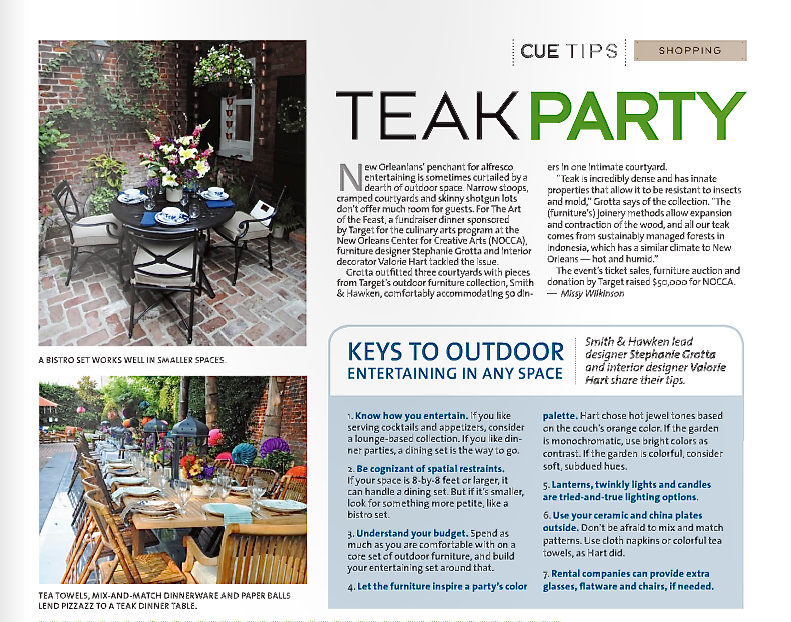




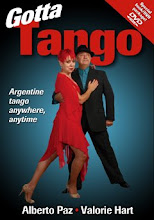

























































































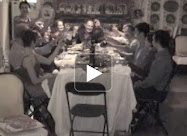
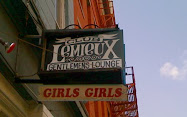

















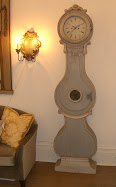.jpg)









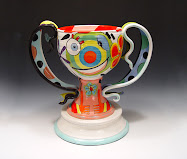
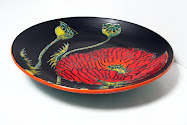

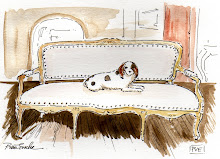






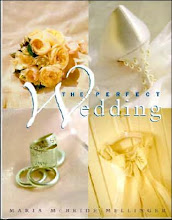



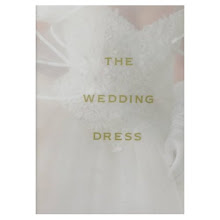



7 comments:
I enjoyed this post very much! What lovely retro-chic rooms.
My grandmother had a turntable stereo system in her house. Great pictures I love the retro/modern mix
My husbands grandmother's house in Metairie, thought you would like to see it.
http://www.lauracaseyinteriors.com/blog/2009/02/19/mid-century-modern-in-nola/
i need those blackamoors!
xx
Great post!!!
xo,
cristin
Something new to love: Cherner chairs. Ah.
Post a Comment